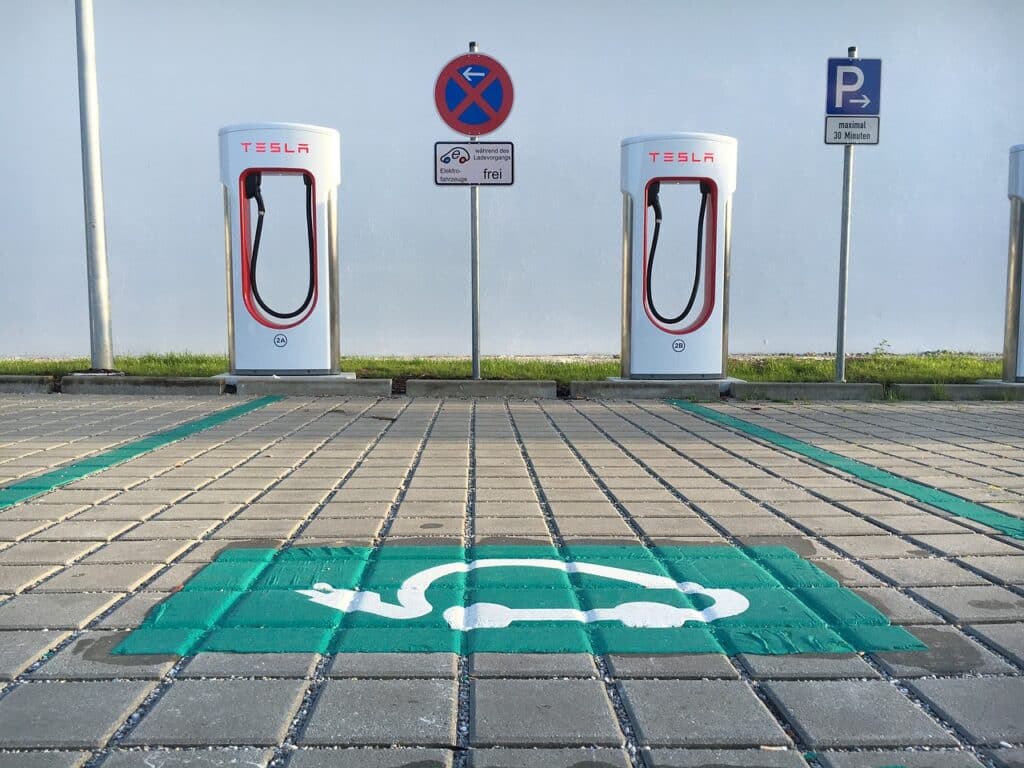As more EVs enter the market, their owners have expressed a growing need for reliable public charging stations. Unfortunately, according to automotive research firm J.D. Power, public charging remains far from ideal: in the first quarter of 2023 alone, 21% of EV owners who attempted to use public stations were unsuccessful in doing so – up from 15% in 2021; reasons ranged from broken displays and software bugs to severed power cords or non-EV drivers taking up charging spots.

However, Tesla’s Supercharger network stands out as an oasis of reliability in this landscape; only 4% of Tesla owners reported charging failure within that same timeframe. Unique to Tesla is that their network is owned and managed by them directly – this makes using them both simple and reliable! They are beloved among Tesla owners.
Recently, Tesla has started using their Supercharger network as a strategic advantage. They opened up their design and specifications for charging ports so other automakers could adopt them, prompting Ford and General Motors to announce they would utilize Tesla’s charging ports on their vehicles.
Tesla stands to gain from opening its Supercharger network to other EVs by charging fees while qualifying for federal funding earmarked for public charging infrastructure. Furthermore, this strategy ensures that Tesla vehicles always have easy access to public charging; providing significant advantages for their owners.
Tesla has used this strategy to reduce free Supercharging offers for owners of its Model S and X cars. They have made multiple offers to these owners to trade in their free charging for discounts on new cars as a means of making room for paying customers at its Supercharger stations.
This article is an adaptation from Aarian Marshall’s original post on Wired.com.






